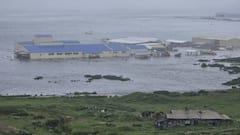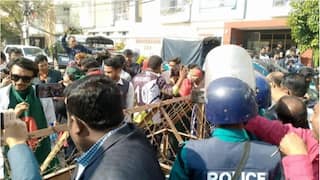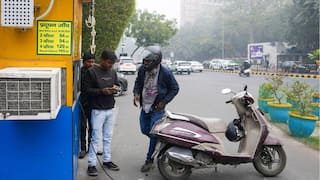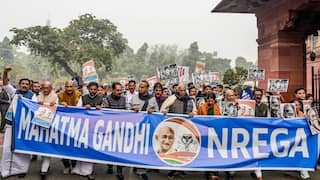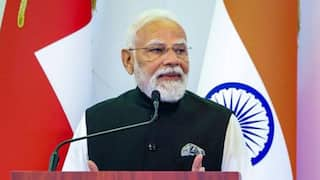These Powerful Images Were Selected As Winners Of World Press Photo Contest 2022
Global jury chair Rena Effendi said for this photograph, “his is a quiet moment of global reckoning for the history of colonization, not only in Canada but around the world.”

New Delhi: Recognising the best photojournalism and documentary photography of the past year, the 2022 World Press Photo Contest was won by Canadian photographer Amber Bracken for her photo commemorating the children who died at Kamloops Residential School.
Matthew Abbott was adjudged the winner of the World Press Photo Story of the Year for his series "Saving Forests with Fire".
The World Press Photo Long-Term Project Award went to Brazillian photographer Lalo de Almeida, who has been documenting the exploitation of the Amazon rainforest through deforestation and mining.
The World Press Photo Open Format Award was picked up by Isadora Romero from Ecuador for "Blood is a Seed".
Presenting the global winners of the #WPPh2022 Contest:
— World Press Photo (@WorldPressPhoto) April 7, 2022
- ‘Kamloops Residential School’ by @photobracken
- ‘Saving Forests with Fire’ by @mattabbottphoto
- ‘Amazonian Dystopia’ by Lalo de Almeida
- ‘Blood is a Seed’ by Isadora Romero
Discover their work: https://t.co/KfNB2zECVa pic.twitter.com/mPRvlb3EXS
Kamloops Residential School
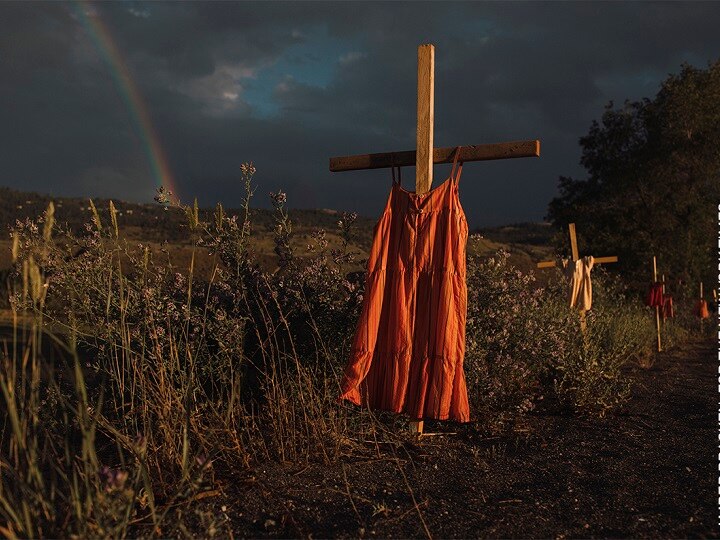
The picture, taken by Amber Bracken for The New York Times, commemorates the children who died at the Kamloops Indian Residential School. The picture was taken following the detection of 215 unmarked graves in Kamloops, British Columbia.
Global jury chair Rena Effendi said for this photograph, “his is a quiet moment of global reckoning for the history of colonization, not only in Canada but around the world.”
Saving Forests With Fire
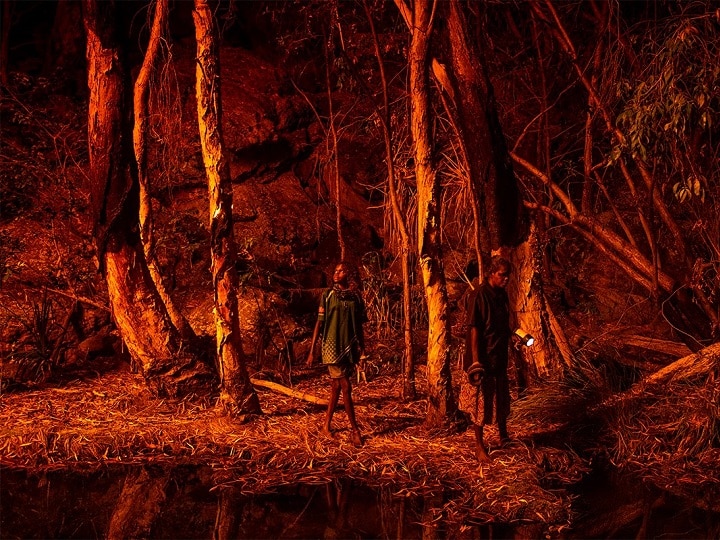
The photo story by Matthew Abbott for National Geographic shows how the Nawarddeken people, the traditional owners of West Arnhem Land in the north of Australia, live with and strategically use fire to protect their environment. The story was done after the wildfires raged in different parts of the world in 2021.
Amazonian Dystopia
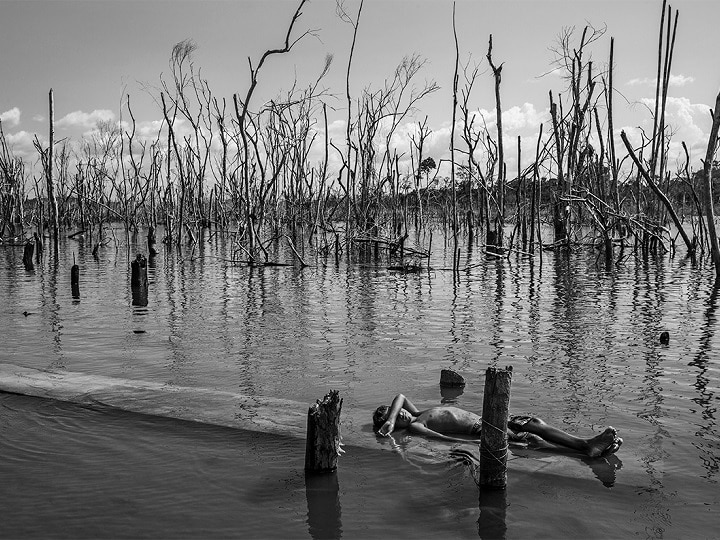
The long-term project was pursued by Lalo de Almeida, for Folha de São Paulo over a period of 12 years. It delves into the social, political, and environmental effects of deforestation, mining, and exploitation of resources in the Brazilian Amazon.
Explaining why this project was selected, Effendi said, “Amazonian Dystopia unveils a multitude of disastrous results of the exploitation of land and natural resources – the impact of shortsighted decisions driven by greed and enforced by those in power without any regard for the planet’s future.”
Blood is a Seed
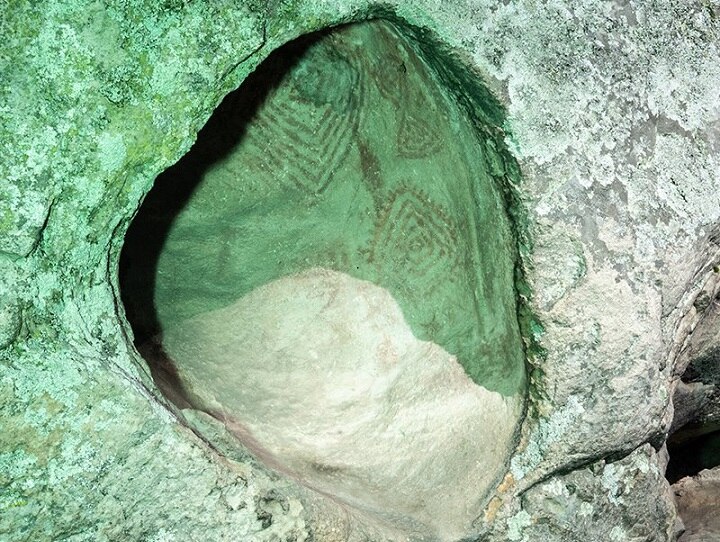
Selected in the photo open format, the video is made by Isadora Romero. During the journey to her family’s ancestral village, Romero tries to learn about their history and explore the forgotten memories of the land and crops, and about her grandfather and great-grandmother who were ‘seed guardians' and cultivated several potato varieties, from which only two still mainly exist.
The project stems from her personal family history and questions the disappearance of seeds, forced migration, racism, colonization, and the subsequent loss of ancestral knowledge. During the course of the 20th century, 75% of agricultural plant genetic diversity was lost globally.
Boundaries: Human-Tiger Conflict
The project was categorised in the World Press Photo’s Long term project for the Asia region. The photos were clicked by photojournalist Senthil Kumaran over a period of 10 years. The project explores the relationship between humans and animals capturing the people who share forest boundaries with tigers through his camera.
















